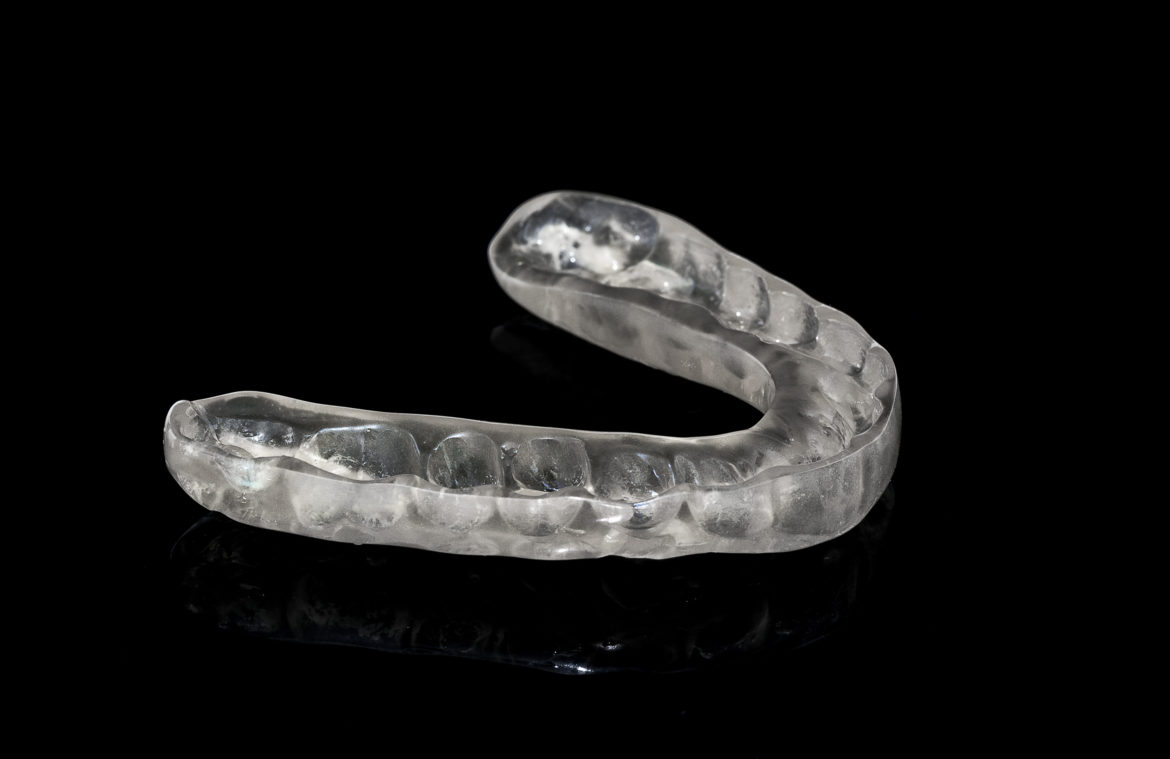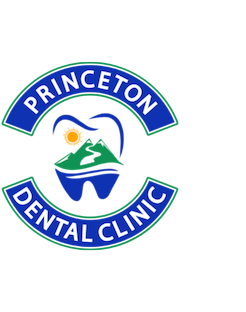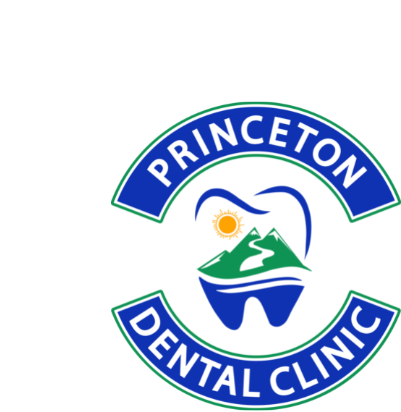
Nightguards /Bite Splints/ Mouthguards
Bite Splints/Nightguards
Clenching and grinding of the teeth are a common problem we see daily in the dental office. The stress of life can manifest itself as a day-time and/or night-time grinding (Parafunctional) habit.
Clenching and grinding of the teeth can cause damage to the teeth and gums as well as the muscle and jaw joint (Temporomandibular Joint (TMJ)). This can lead to exacerbations or development of TMJ disorders know as Temporomandibular Joint Disorders.
Clenching and grinding are not typically the cause of all TMJ injuries and disorders they can often make the pain and discomfort worse.
The jaw is designed to generate maximum force and pressure when the teeth contact. As you open the mouth the force that muscles can generate is reduced. This drives the logic behind the use of a bite splint (also commonly referred to as a Night Guard). By opening the jaw 2-5mm the bite splint can inactivate the maximum force the jaws muscles can generate. Less force on the joint reduces joint injury and stress and less force on the teeth reduces the effect of grinding, including recession, abfraction lesions and root sensitivity.
The effect of muscle inactivation is 2-fold. First we reduce the load on the teeth themselves. Second is to reduce the load on the joint. The bite splint itself is also made of material that allows for more equal distribution of the forces over all the teeth. Inactivating muscles of the jaw reduces loading of the teeth teeth which can help prevent recession or tooth structure loss along the gum line leading. The goal is to reduce sensitivity due to root exposure and abfraction lesions.
The joint has 2 guided positions. One is guided by the actual position of the head of the jaw joint (Condyle) in the Glenoid fossa at the base of the skull. This joint guided position tends to be considered the ideal position of the jaw a rest and in function. The other joint guided position is the position determined by the teeth when they are clenched tightly. This is called the tooth guided or centric occlusion position.
Bite splints/Night guards can help to control the forces transferred to the joint when a patient is grinding and aid in positioning of the teeth when grinding on the bite splint. Wearing while sleeping can help to reduce unfavourable forces on the Temporomandibular Joint
Mouth Guards/Sports Guards
Lab fabricated sports guards can provide a tighter fit as they are specifically designed for your teeth and bite. Out of the box sport guards are not a bad option however tend to be bulkier and depending on size and shape may not provide the most optimal fit and function (Breathing).

